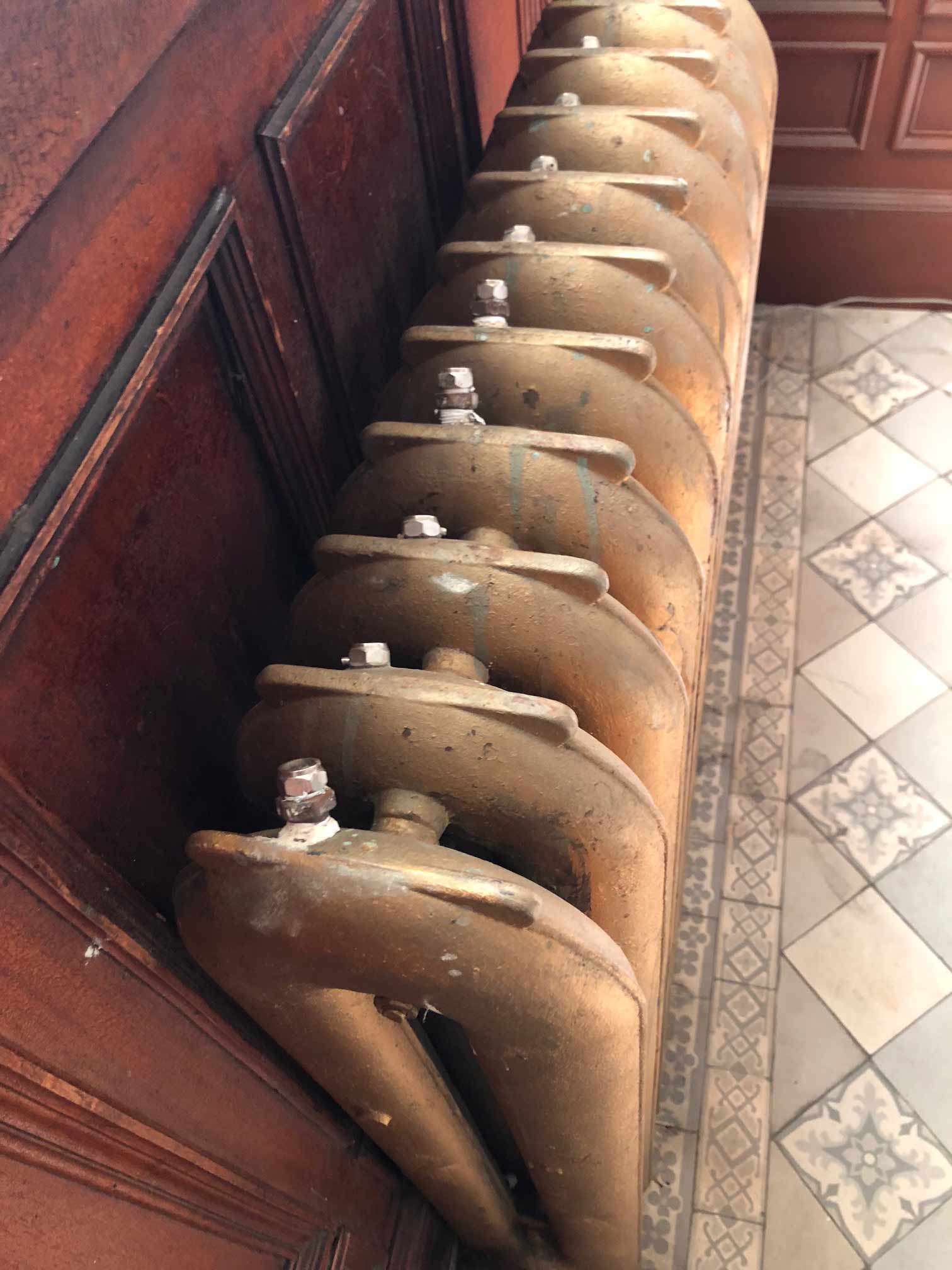The Cast Iron Radiator
Blog
There is so much to say and learn about cast iron radiators.
For an architect, engineer, contractor, historic preservation specialist or homeowner point of interest you will find in this blog, various topics that will answer many questions you may have related to these old cast iron radiators.
Homeowner

October 6, 2023
Hot water and steam cast iron radiators are not interchangeable. Understanding the differences between them is essential to avoid unforeseen and costly issues.
Homeowner




October 6, 2023
Hot water and steam cast iron radiators are not interchangeable. Understanding the differences between them is essential to avoid unforeseen and costly issues.
Homeowner




October 6, 2023
Hot water and steam cast iron radiators are not interchangeable. Understanding the differences between them is essential to avoid unforeseen and costly issues.